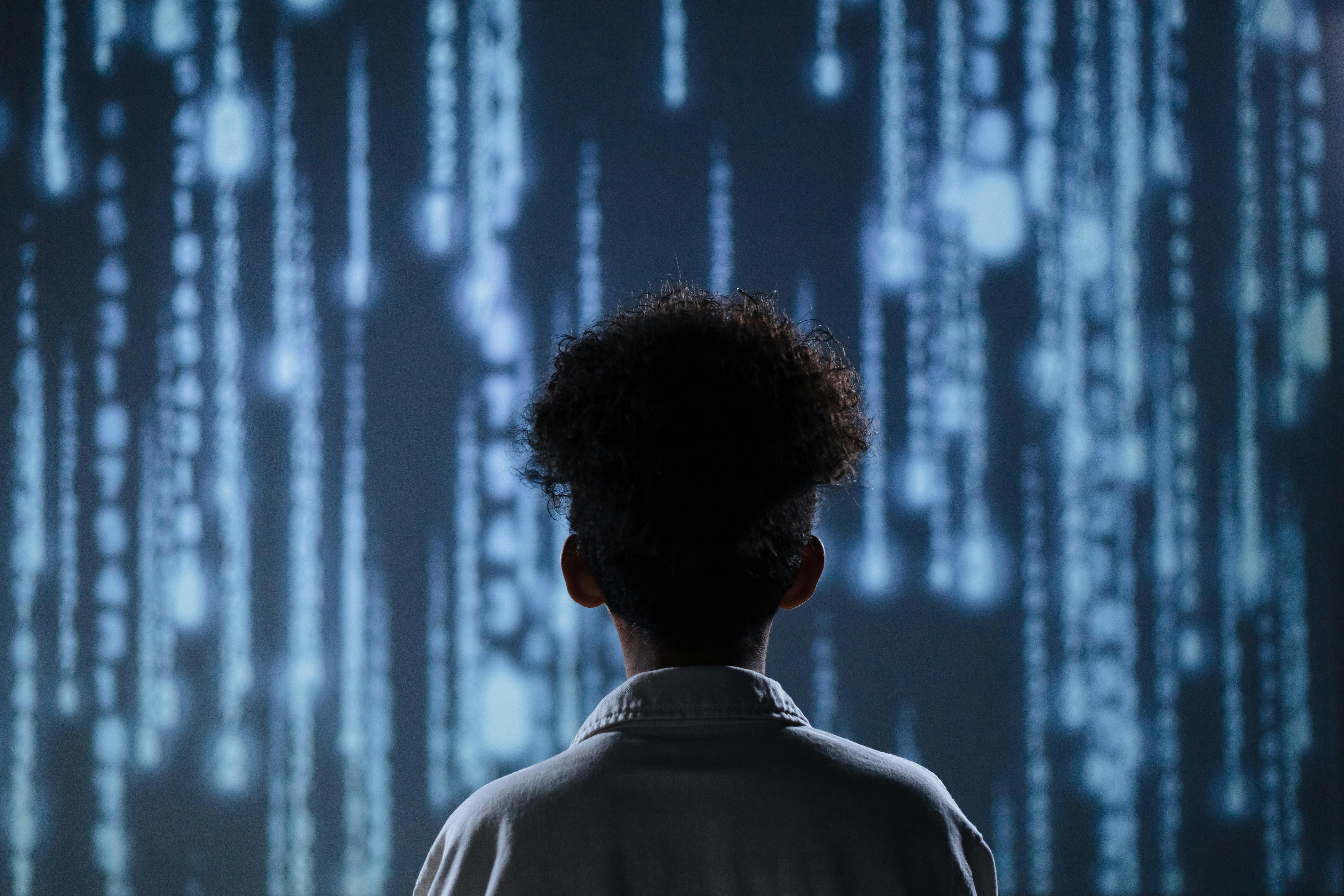Executive Briefs
An approach to problem solving called improvement science may give district and school initiatives a better chance of success.

1 Improvement Science Helps Districts Succeed at New Initiatives
An approach to problem solving called improvement science may give district and school initiatives a better chance of success. Well-intentioned directives, whether arising from the grassroots level during summer in-service training or communicated at the district level, are often adopted but then gradually abandoned. Changing this pattern requires a shift in how schools introduce, manage, and learn from their improvement efforts.
According to the Carnegie Foundation, improvement science has six key principles:
■ Make the work problem-specific and user-centered
■ Focus on variation in performance
■ See the system that produces the current outcomes
■ Measure key outcomes and processes to scale up initiatives
■ Use disciplined inquiry to drive improvement
■ Accelerate learning through networked improvement communities.
2 Access Does Not Equal Equity
According to the Hechinger Report, some schools in New York City’s highly segregated school system are embracing diversity through mastery-based learning. At the city’s Urban Assembly Maker Academy high school, educators use a mastery-based learning model in which static letter grades are jettisoned for detailed feedback on student progress toward mastery of clearly defined skills. The school saw 90 percent of its inaugural class graduate in 2018 and also surpassed the citywide average in measures of college readiness. At Maker Academy and three dozen other mastery-based schools in the city, culturally responsive teaching practices are taking root and beginning to impact the city’s persistent achievement gap. These schools are among the most diverse in the city and mirror their surrounding neighborhoods.
“Mastery-based learning is a complete paradigm shift for most teachers. It means thinking about grading as a way to provide feedback, and not a random act that we do because the quarter is ending,” says Danielle Salzberg, principal of Frank McCourt High School in NYC. Salzberg stresses that this approach is relevant for all students, whether their challenges are tied to racial or gender identity, economic status, or parental expectations of high achievement. “We want to break through to make sure every kid feels like they’re being met where they need to be met,” she says.
3 Digital Promise Updates Its Maker Learning Leadership Framework
Whether you’re a teacher creating maker learning experiences while advocating for their growth throughout your school or a district superintendent looking to improve and expand an already successful program, Digital Promise’s Maker Learning Leadership Framework can help you develop a sustainable maker learning program that serves all of your learners. Informed by work with national and regional leadership cohorts of maker educators, as well as by interactions with thought partners, researchers, and practitioners from around the world, the Framework has been redesigned and expanded to highlight resources, strategies, and models focused on:
Building support systems between administrators, teachers, and the community
Teaching and learning that meld core content and maker-centered facilitation and assessment practices to help students construct new knowledge
Acquisition and allocation of funds, spaces, and tools necessary to facilitate maker learning programs.
Become a Maker Champion. Sign the Maker Promise and commit to advocate for maker learning in your community; create and support opportunities for youth to make; and share stories of the impact of making on learning and life.
4 Rethinking Career and Technical Education
The Center for Reinventing Public Education (CRPE) at the University of Washington profiles 32 innovative CTE career pathways programs nationwide—run by districts, charters, and small nonprofits—in a new report. These programs represent the variety of efforts being used to reinvent Career and Technical Education. Schools are breaking down the boundaries between school and community by partnering closely with industry, trade unions, and four-year institutions. And schools have formed partnerships with one another to open institutions that focus on career training. These institutions are then paid for through a share of student enrollment. Programs are dismantling tracking by making sure students are in control; each student selects a pathway only after taking exploratory coursework and working with a counselor and has the option to change programs.
■ But in order for CTE to fulfill its promise, educators and policy leaders must push harder to:
■ Develop systematic training for in-demand careers.
■ Provide accessible information about employment prospects to guide student choice.
■ Create consistent work-based learning opportunities.
■ Improve the quality of basic education.
■ Improve access to high-quality schools and programs.
■ Identify outcomes and student demographics, especially for part-time programs.
■ Leverage opportunities from post-secondary and business partnerships.
Tech & Learning Newsletter
Tools and ideas to transform education. Sign up below.
